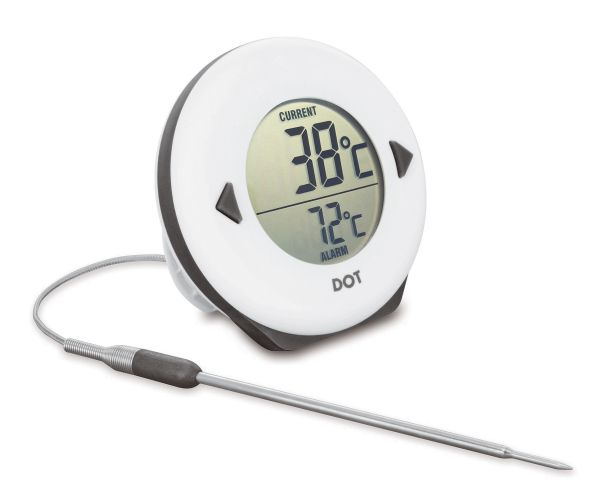Language
WORLDWIDE SHIPPING
Digital Oven Thermometer -50° to +300°
€59.00
€48.36
Availability:
In stock
Probe-style alarm thermometer, ideal for sous vide, roasting, baking, bread, pastries, as well as home brewing or caramel.
Ultra easy to use: only 2 buttons
Temperature readings in Fahrenheit or Celsius can be selected using the On/Off button on the back.
Comes with a tilting stand and strong magnets for attachment to metal surfaces.
ABS housing
5-second reading time
Temperature range: -50 to +300°C (-58 to 572°F)
Accuracy: ±1.0°C (±1.8°F)
70 dB acoustic alarm
114 mm penetration probe with 1.2 m stainless steel cable, allowing use during cooking.
Battery: 2 x 1.5V AAA
Battery life: 5000 hours
Water and dust resistant IP65
FAQs

 IT
IT FR
FR
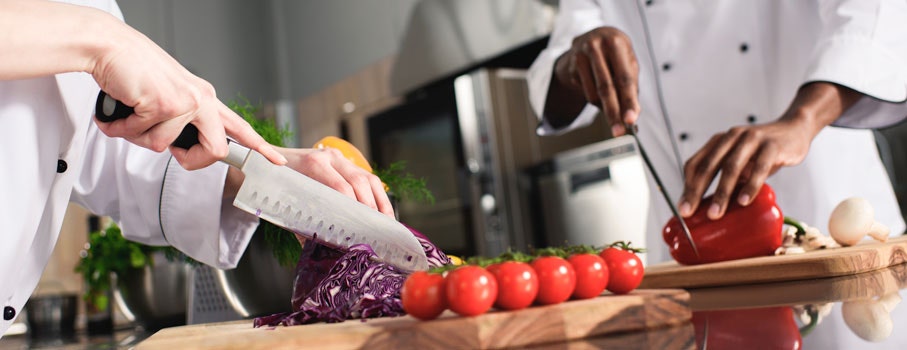
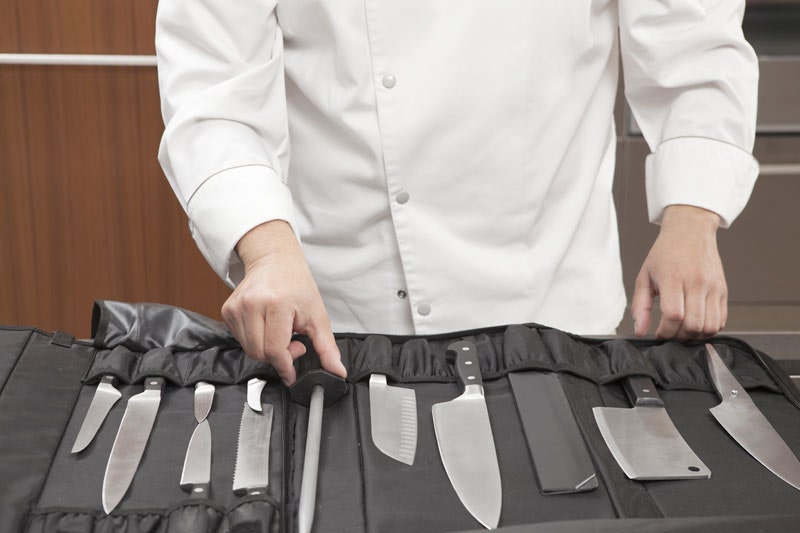
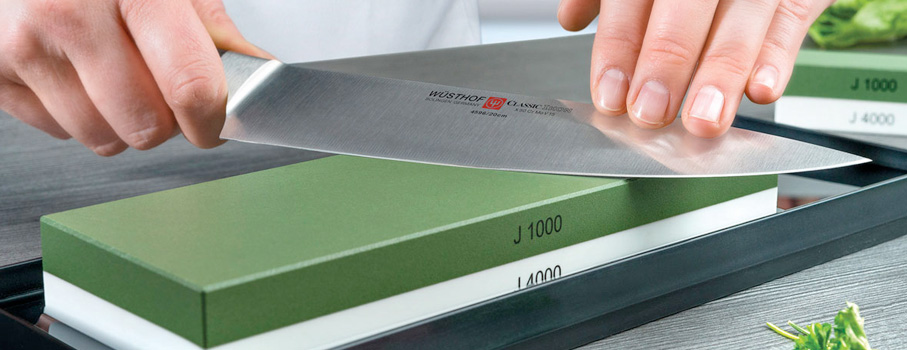
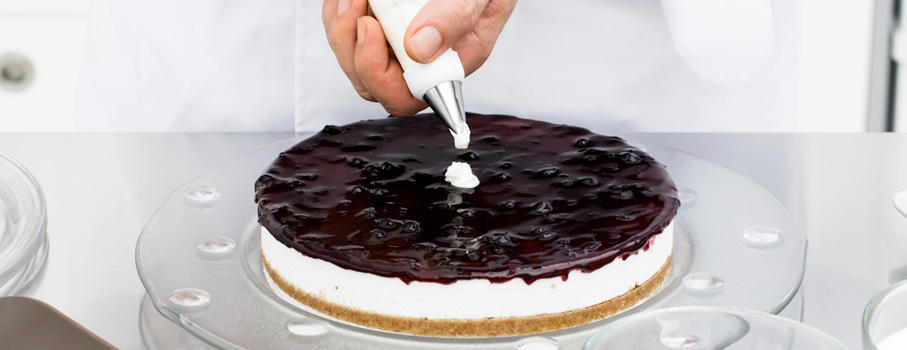

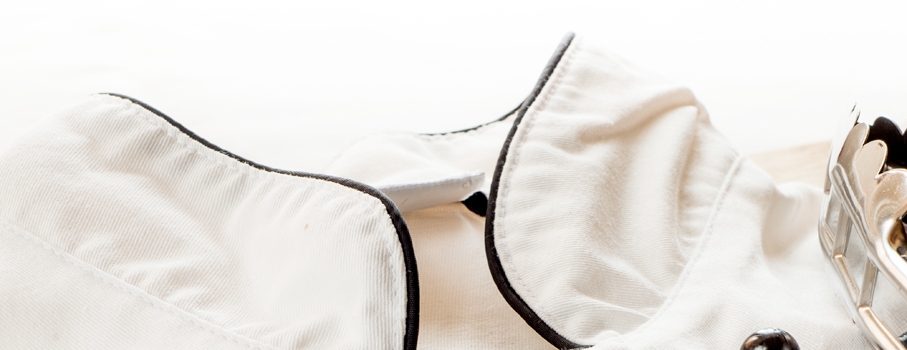
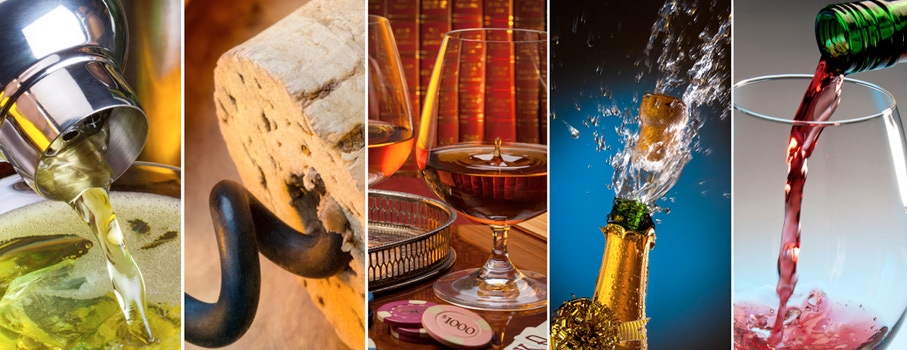
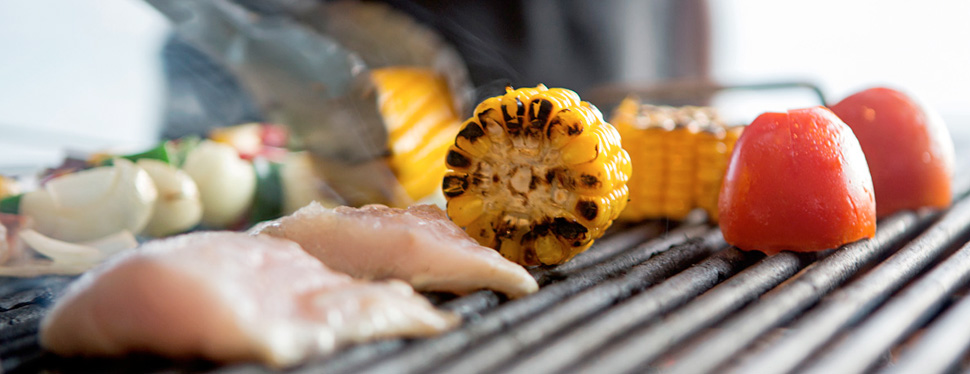

 IT
IT FR
FR
